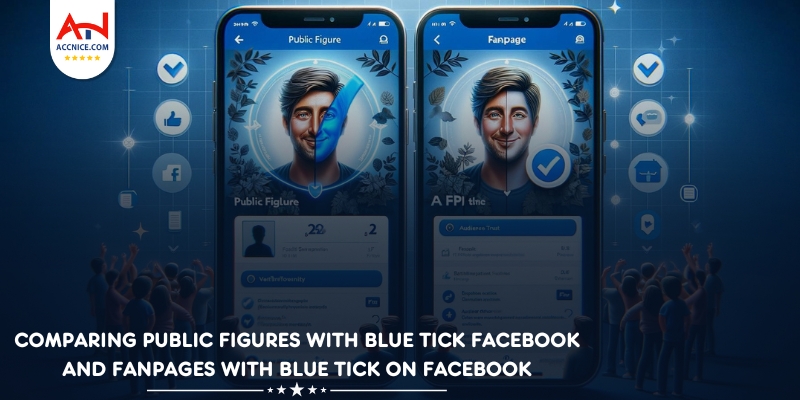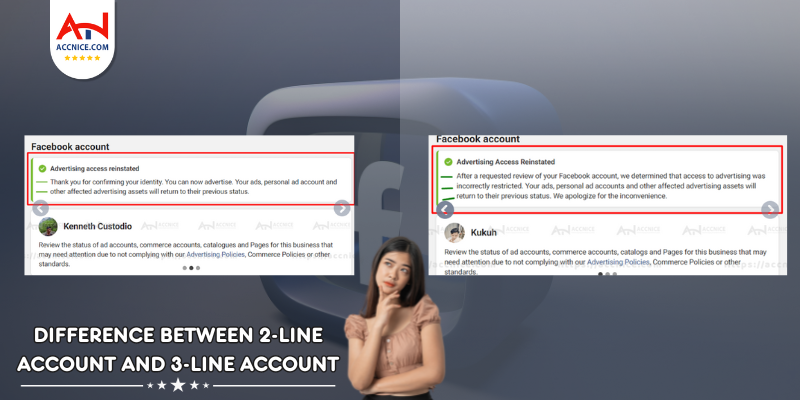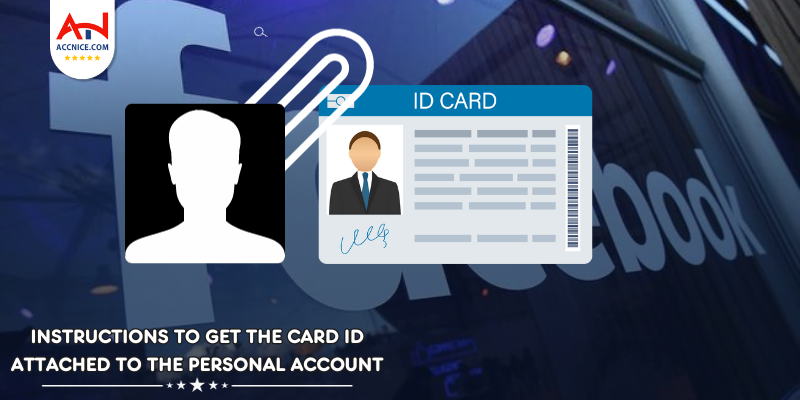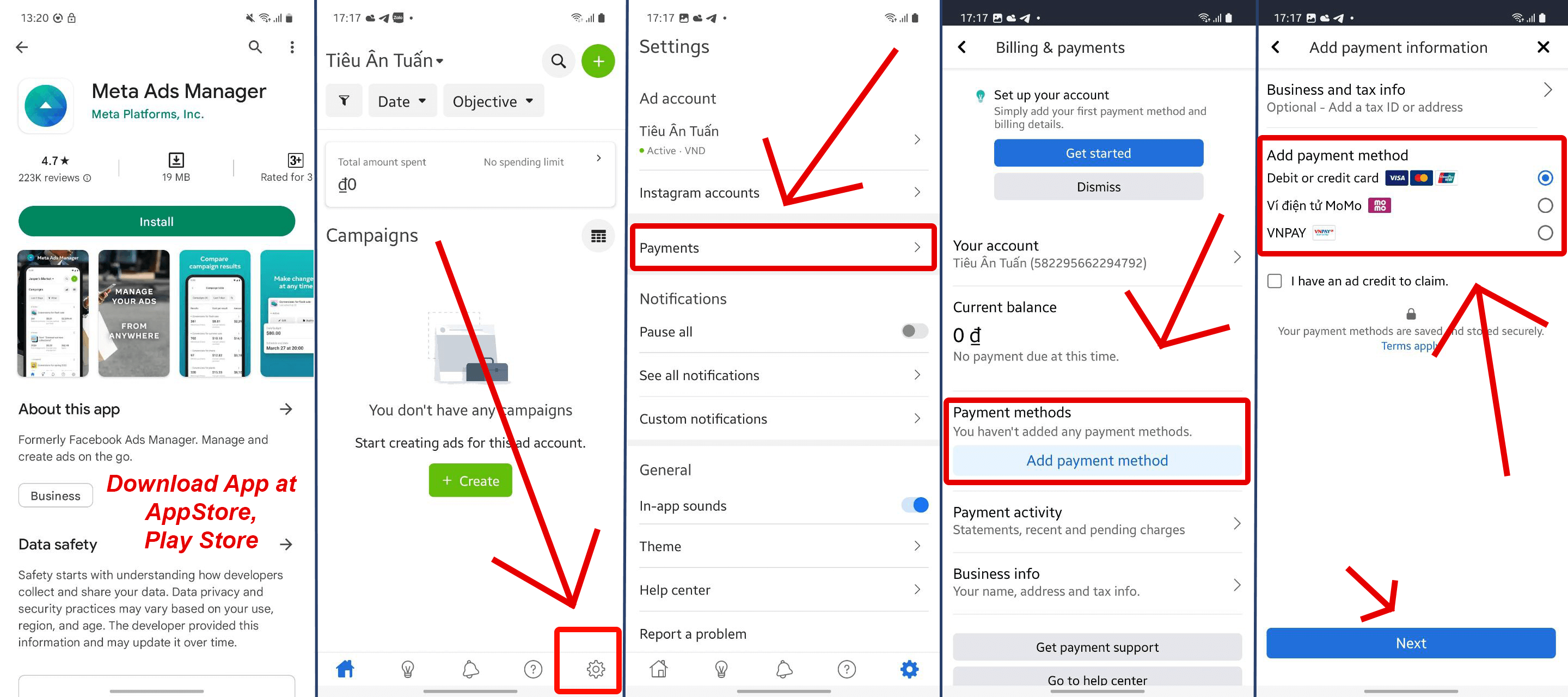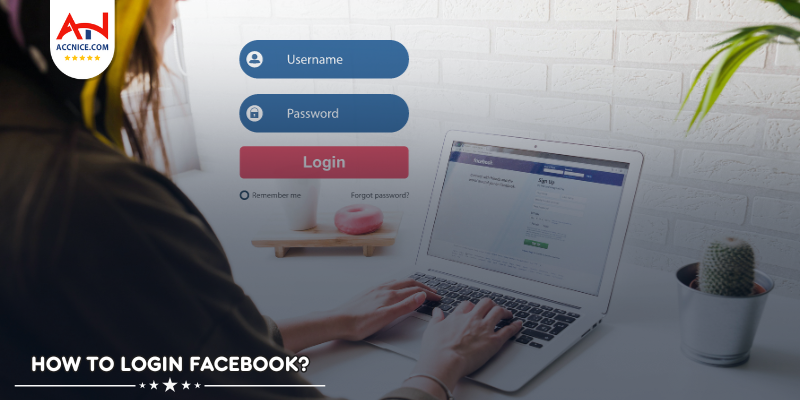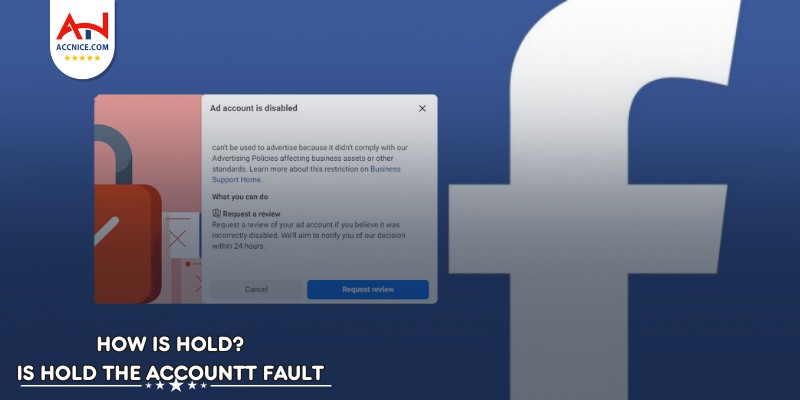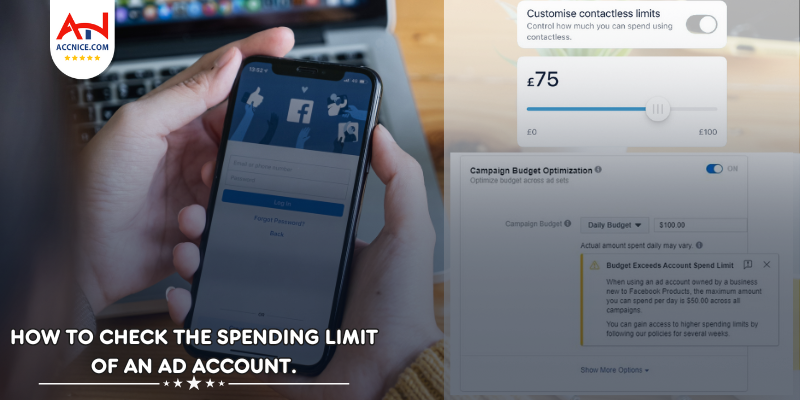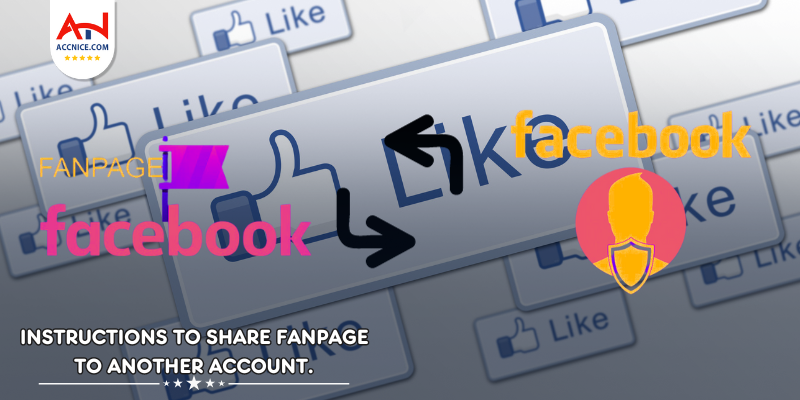Expanding Reach with Cross-Platform Integration in Business Manager
191 vỉew
Writing date: 2024-05-30 14:03:13

In today's digital age, reaching a wider audience is essential for businesses to maximize their visibility and engagement. Facebook Business Manager's cross-platform integration provides a seamless way to synchronize advertising campaigns and coordinate messaging strategies across platforms. This article by Accnice explores how leveraging these features can help businesses expand their reach and achieve better marketing results.
Understanding Cross-Platform Integration
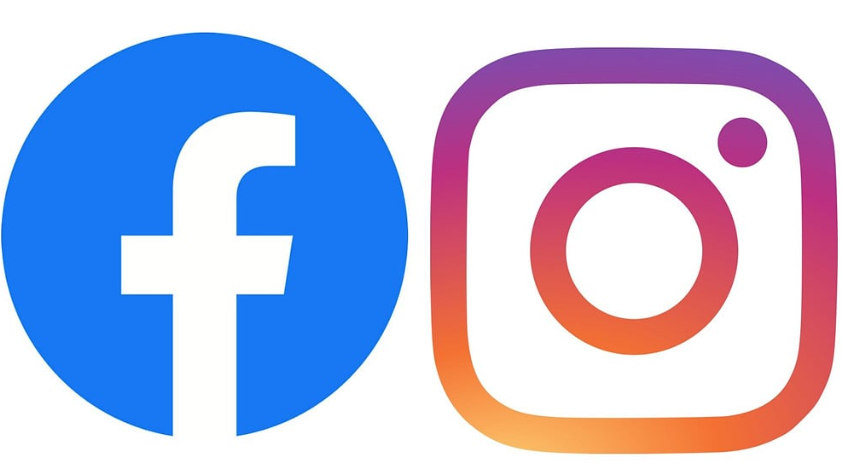
Cross-platform integration within Facebook Business Manager provides businesses with a unified solution for managing and synchronizing their advertising efforts across multiple platforms, including Facebook, Instagram, Messenger, and Audience Network. This integration ensures that your messaging is consistent, and your campaigns are optimized for each platform’s unique audience and capabilities.
- Consistent Messaging Across Platforms:
One of the key benefits of cross-platform integration is the ability to maintain consistent messaging across different platforms. By using Facebook Business Manager, businesses can create and manage ad campaigns that deliver a cohesive message, regardless of where the ads appear. This consistency helps reinforce brand identity and ensures that audiences receive a uniform experience, which is crucial for building trust and recognition.
- Optimized Campaigns for Different Audiences:
Each platform under the Facebook umbrella—Facebook, Instagram, Messenger, and Audience Network—has its unique user base and engagement dynamics. Cross-platform integration allows businesses to tailor their campaigns to the specific strengths and audience preferences of each platform. For example, visually-driven campaigns might perform better on Instagram, while more interactive or conversational ads might find greater success on Messenger. By leveraging these nuances, businesses can enhance engagement and effectiveness across all platforms.
- Streamlined Management and Reporting:
Managing multiple ad campaigns across different platforms can be complex and time-consuming. Cross-platform integration simplifies this process by providing a centralized dashboard where businesses can oversee all their advertising efforts. This unified view enables easier monitoring and management of campaigns, ensuring that resources are allocated efficiently and performance is tracked comprehensively. Additionally, integrated reporting tools offer insights into the performance of ads across all platforms, helping businesses make informed decisions based on aggregated data.
- Enhanced Audience Targeting and Retargeting:
With cross-platform integration, businesses can leverage advanced audience targeting and retargeting capabilities to reach users more effectively. By integrating data from all platforms, businesses can create more precise audience segments based on user behavior, interests, and engagement patterns. This comprehensive approach allows for more effective retargeting strategies, ensuring that ads reach users at various touchpoints and increasing the likelihood of conversion.
- Improved Budget Allocation:
Cross-platform integration also facilitates more effective budget allocation. By analyzing performance data across all platforms, businesses can identify which platforms and campaigns are delivering the best results and allocate their budgets accordingly. This data-driven approach ensures that advertising spend is optimized, maximizing ROI and driving better overall campaign performance.
- Seamless Creative Management:
Managing creative assets for different platforms can be streamlined through cross-platform integration. Businesses can store and organize all their creative assets in one place, ensuring that the right assets are used for the right campaigns. This not only saves time but also ensures that all ads are consistent with the brand’s visual and messaging guidelines.
In conclusion, cross-platform integration within Facebook Business Manager is a powerful tool for businesses aiming to optimize their advertising efforts across multiple platforms. By ensuring consistent messaging, tailoring campaigns to platform-specific audiences, streamlining management and reporting, enhancing audience targeting, improving budget allocation, and facilitating seamless creative management, businesses can maximize the effectiveness of their ad campaigns. Embracing cross-platform integration allows businesses to harness the full potential of Facebook’s advertising ecosystem, driving better results and achieving their marketing objectives more efficiently.
Synchronizing Ad Campaigns

Synchronizing ad campaigns across multiple platforms is crucial for maximizing visibility and engagement in today's fragmented digital landscape. By creating cohesive campaigns that run simultaneously on Facebook, Instagram, Messenger, and Audience Network, businesses can ensure that their message reaches a broader audience. This strategy not only enhances brand visibility but also reinforces the message, making it more likely to resonate with potential customers.
- Maximizing Visibility:
When ad campaigns are synchronized across various platforms, businesses can significantly increase their reach. Each platform within Facebook’s ecosystem caters to different user demographics and behaviors. Facebook attracts a wide range of age groups and interests, Instagram is popular among younger, visually-oriented users, Messenger focuses on direct, conversational interactions, and Audience Network extends reach beyond Facebook’s own properties to third-party apps and websites. By running ads across all these platforms simultaneously, businesses can ensure their message is seen by as many potential customers as possible.
- Enhancing Engagement:
Different platforms offer different types of user engagement. For instance, Instagram’s visual nature encourages likes, comments, and shares on images and videos, while Facebook’s diverse ad formats, such as carousel and video ads, enable interactive engagement. Messenger ads can prompt immediate conversations, and Audience Network ads can engage users in the context of their favorite apps and websites. Synchronizing campaigns ensures that users are engaged in the manner most natural to the platform they are using, leading to higher engagement rates.
- Consistent Messaging:
A synchronized campaign ensures that the same core message is delivered across all platforms, which is essential for brand consistency. Consistent messaging helps in building and reinforcing brand identity. When users encounter a coherent message across multiple touchpoints, it creates a unified brand experience, which strengthens brand recall and trust. This consistency is key to making a lasting impression on potential customers.
- Reinforcing the Message:
Repetition is a powerful tool in advertising. When potential customers encounter the same message on different platforms, it reinforces the message and increases the likelihood that it will be remembered. This repetition helps move potential customers down the sales funnel—from awareness to consideration to conversion. For instance, a user might first see an ad on Instagram, get more details on Facebook, and finally engage in a conversation via Messenger before making a purchase.
- Efficient Resource Allocation:
Synchronizing campaigns also allows for more efficient use of resources. By planning and executing a campaign that runs across multiple platforms, businesses can create a unified strategy and budget that maximizes their investment. This approach helps avoid the inefficiencies and potential conflicts that can arise from running disparate campaigns on separate platforms.
- Leveraging Platform Strengths:
Each platform has unique strengths that can be leveraged to enhance the overall effectiveness of the campaign. Facebook’s robust targeting options allow for precise audience segmentation, Instagram’s visual appeal can be used to create eye-catching ads, Messenger’s direct interaction capability can facilitate personal engagement, and Audience Network’s broad reach can capture users across various digital environments. Synchronizing campaigns ensures that businesses can exploit these strengths in a cohesive manner, delivering a comprehensive and impactful advertising strategy.
In conclusion, synchronizing ad campaigns across multiple platforms within Facebook Business Manager is a powerful strategy for maximizing visibility and engagement. By creating cohesive campaigns that run simultaneously on Facebook, Instagram, Messenger, and Audience Network, businesses can ensure their message reaches a broader and more diverse audience. This approach enhances brand visibility, reinforces messaging, and leverages the unique strengths of each platform to drive better engagement and conversion rates. By adopting a synchronized campaign strategy, businesses can optimize their advertising efforts and achieve greater success in the competitive digital marketplace.
- Benefits of Synchronization:
Consistent Messaging: Maintain a unified brand voice and message across all platforms.
Increased Reach: Tap into diverse audiences on different platforms.
Improved Efficiency: Manage all campaigns from a single dashboard in Business Manager.
Coordinating Messaging Strategies

Effective messaging strategies are vital for engaging your audience and driving conversions. Cross-platform integration within Facebook Business Manager allows businesses to coordinate their messaging strategies, ensuring that the content is tailored to each platform while maintaining overall campaign consistency. This coordinated approach maximizes the impact of your campaigns by leveraging the strengths of each platform to reach and engage your audience effectively.
Key Messaging Strategies:
1. Tailored Content:
Customizing your ads to suit the audience and format of each platform is essential for maximizing engagement. Each platform under the Facebook umbrella has unique characteristics and user behaviors. For example, Instagram is highly visual, making it ideal for image and video content, while Facebook offers a mix of text, images, and videos, providing versatility for various ad formats. Messenger is perfect for personalized, conversational interactions, and Audience Network extends your reach to external apps and websites.
By tailoring your content to fit these specific environments, you can ensure that your message resonates with the audience on each platform. For instance:
- On Instagram, use visually appealing images and short videos with minimal text.
- On Facebook, combine images, videos, and text to create engaging carousel ads or stories.
- On Messenger, use interactive elements like chatbots to provide personalized experiences.
- On Audience Network, ensure your ads are contextually relevant and fit seamlessly within the user’s browsing experience.
2. Sequential Messaging:
Sequential messaging involves delivering a series of messages to guide your audience through the customer journey. This strategy helps build a narrative that leads potential customers from awareness to consideration to conversion.
With cross-platform integration, you can design a sequential messaging strategy that leverages the strengths of each platform at different stages of the journey:
- Awareness: Start with broad, attention-grabbing ads on Facebook and Instagram to introduce your brand and products.
- Consideration: Follow up with more detailed, informative content on Facebook and Messenger, highlighting features and benefits.
- Conversion: Use targeted ads on Messenger and Audience Network to offer promotions, encourage purchases, and finalize conversions.
By coordinating these messages across platforms, you ensure that your audience receives the right information at the right time, increasing the likelihood of conversion.
3. Unified Campaigns:
Ensuring all elements of your campaign work together to tell a cohesive story is crucial for reinforcing your brand message. A unified campaign approach means that, while the content may be tailored to each platform, the overall message and branding remain consistent.
This can be achieved by:
- Consistent Visual Identity: Use the same colors, fonts, and imagery across all platforms to create a recognizable brand presence.
- Harmonized Messaging: Ensure that the core message of your campaign is consistent across all ads, even if the format and details differ.
- Integrated Call-to-Actions (CTAs): Use CTAs that complement each other across platforms. For example, an Instagram ad might direct users to learn more on Facebook, while a Facebook ad encourages direct purchases or engagement via Messenger.
In conclusion, coordinating messaging strategies through cross-platform integration within Facebook Business Manager is essential for creating impactful and cohesive ad campaigns. By implementing tailored content, sequential messaging, and unified campaigns, businesses can ensure that their messaging resonates with their audience and guides them through the customer journey effectively. This integrated approach not only enhances engagement and drives conversions but also builds a strong, consistent brand presence across multiple platforms. By leveraging the strengths of each platform and maintaining campaign consistency, businesses can optimize their advertising efforts and achieve their marketing objectives more efficiently.
Maximizing Visibility and Engagement
Maximizing visibility and engagement is the ultimate goal of any marketing campaign. By leveraging cross-platform integration within Facebook Business Manager, businesses can ensure that their ads are seen by the right people, at the right time, on the right platform. This comprehensive approach not only enhances the reach of the campaigns but also boosts user engagement, driving higher conversion rates and ROI.
Strategies to Maximize Impact:
1. Audience Targeting:
Advanced targeting options available through Facebook Business Manager allow businesses to precisely reach specific demographics on each platform. By analyzing user data, businesses can create detailed audience profiles based on demographics, interests, behaviors, and more.
- Demographic Targeting: Tailor ads to specific age groups, genders, locations, and languages to ensure relevancy.
- Interest Targeting: Reach users based on their interests, such as hobbies, favorite activities, and more, to capture their attention.
- Behavioral Targeting: Target users based on their past behavior, including purchase history, device usage, and more, to increase the likelihood of engagement.
This precise targeting ensures that ads are shown to the most relevant audience, enhancing the chances of engagement and conversion.
2. Ad Placement Optimization:
Ad placement optimization involves automatically placing ads where they are most likely to perform well across Facebook, Instagram, Messenger, and Audience Network. Facebook’s machine learning algorithms can determine the best placements based on real-time performance data.
- Automatic Placements: Allow Facebook to optimize ad delivery across various placements to achieve the best results.
- Manual Placements: Alternatively, businesses can manually select placements based on their campaign goals and audience behavior insights.
This optimization ensures maximum exposure and effectiveness, as ads are shown in contexts where they are most likely to engage the target audience.
3. Performance Tracking:
Monitoring and analyzing the performance of campaigns across all platforms is crucial for making data-driven decisions and improving future campaigns. Facebook Business Manager provides comprehensive analytics and reporting tools to track key performance metrics.
- Key Metrics: Track metrics such as reach, engagement, click-through rates, conversion rates, and ROI to gauge campaign effectiveness.
- Real-Time Insights: Monitor performance in real-time to make quick adjustments and optimizations as needed.
- Comparative Analysis: Compare performance across different platforms and ad sets to identify what works best and allocate resources accordingly.
By continually analyzing these metrics, businesses can refine their strategies, optimize their ad spend, and enhance overall campaign performance.
Conclusion
In conclusion, cross-platform integration within Facebook Business Manager provides businesses with a powerful tool to expand their reach and enhance their marketing efforts. By synchronizing ad campaigns and coordinating messaging strategies, businesses can achieve greater visibility and engagement across multiple platforms. Leveraging advanced audience targeting, ad placement optimization, and performance tracking not only streamlines campaign management but also ensures a consistent and effective marketing approach. This integrated strategy enables businesses to maximize their advertising impact, drive meaningful engagement, and achieve their marketing objectives in the competitive digital landscape.
Ready to expand your reach with cross-platform integration in Business Manager? Our experts can help you create cohesive, impactful campaigns that resonate across Facebook, Instagram, and more. Contact us today to discover how we can elevate your marketing strategy and maximize your visibility and engagement.
For more insights and updates on effective social media strategies, make sure to follow Accnice and our tutorial blog, where we share the latest and most effective content marketing tips.



